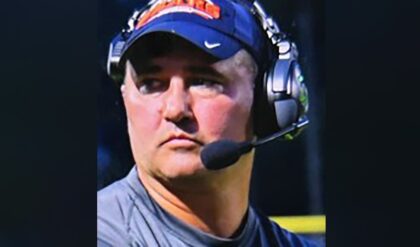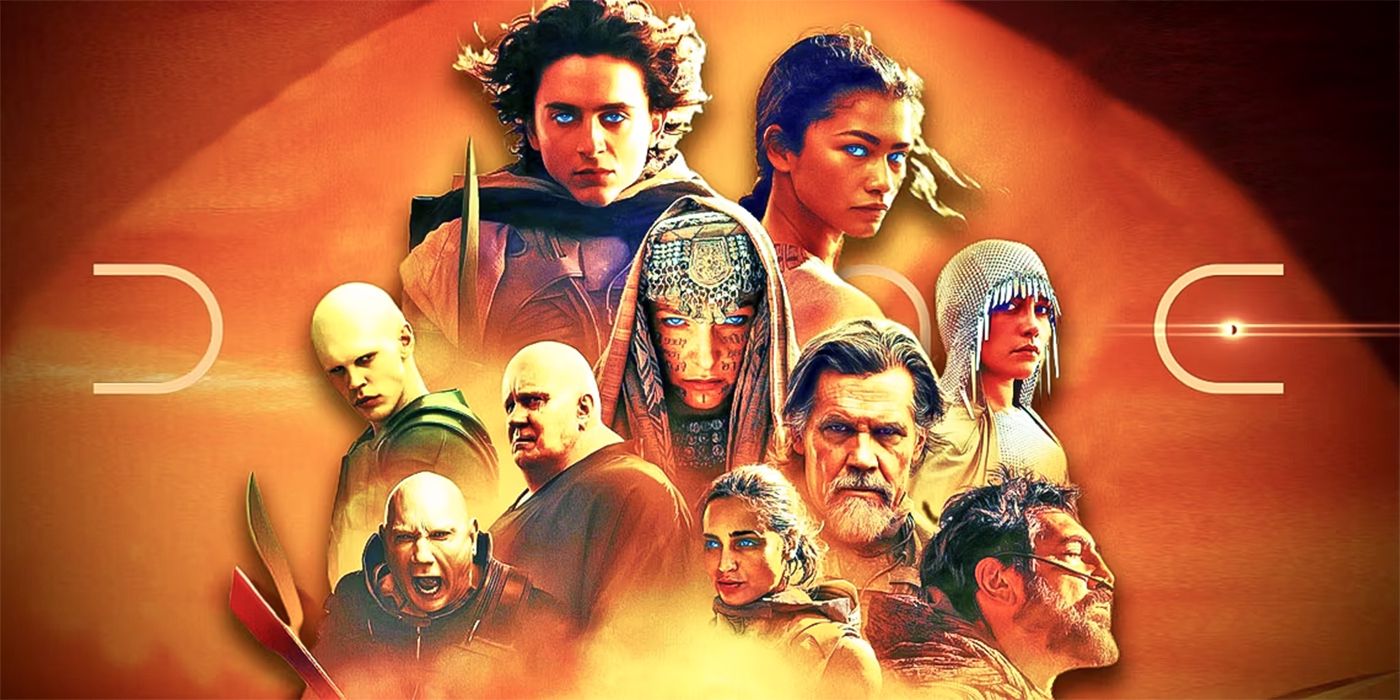
The prequel show’s first episode briefly ties into a catastrophic event not mentioned in the Dune movies. Likewise, the antagonistic nature of one Great House and the rule of another is already somewhat established. Conversely, while the main planet in the Dune movies is only briefly mentioned so far, it’s already the home of a major resource to be battled over.
Dune: Prophecy’s Butlerian Jihad Deals With an Unseen Topic
The New Series Explains the Lack of Robots in Dune
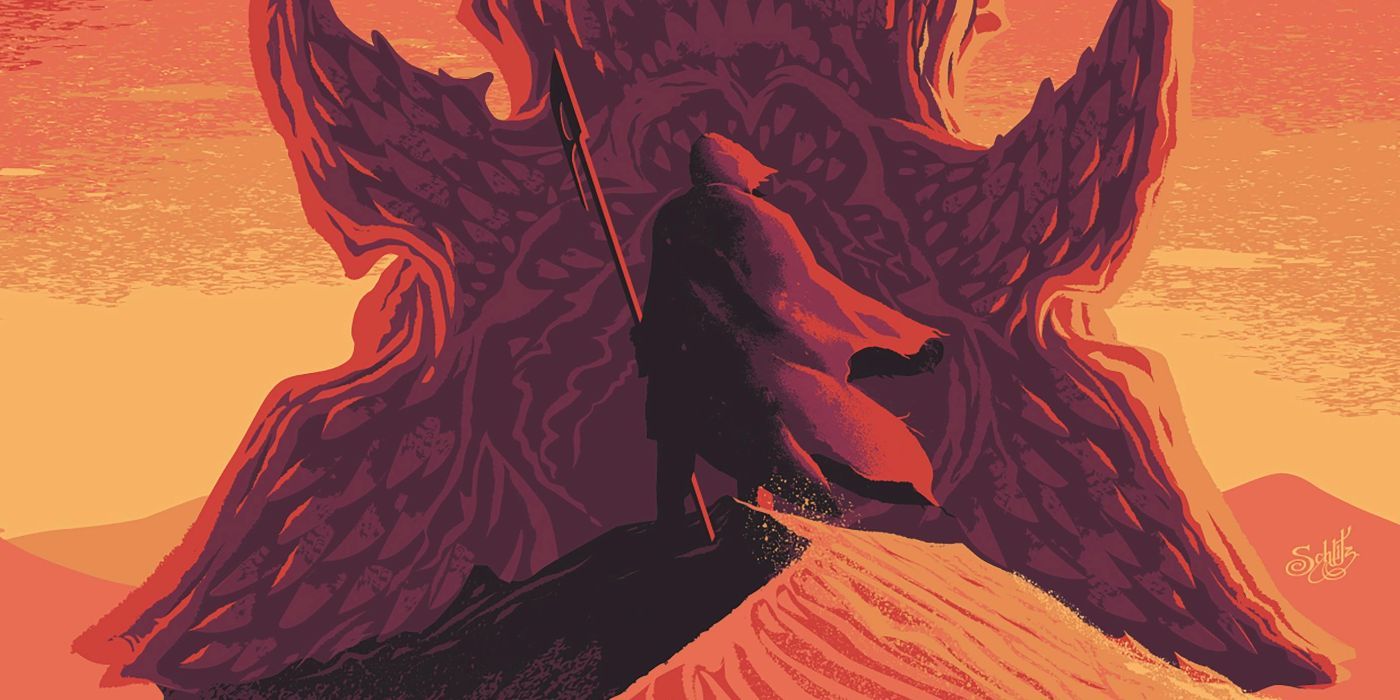
One element in the Dune movies that might have surprised some is the lack of robots or droids. Given that it’s a science fiction series (one which heavily inspired George Lucas’ Star Wars, no less), it’s strange to see no sort of artificial intelligence in the franchise. The closest example of such a concept was seen in Dune: Part One, with an insectoid Hunter-Seeker drone sent to assassinate Paul Atreides.
Thankfully, the first few moments of Dune: Prophecy and the rest of the show’s first episode answer this strange absence. Before the series’ events, humanity engaged in the “Butlerian Jihad,” in which it waged war against the rise of the thinking machines. These advanced technological entities had been created to handle various tasks for humanity, but they had instead taken over the species’ thinking.
HBO’s new series Dune: Prophecy is set a good bit after the end of the Butlerian Jihad, with society having already adjusted to the absence of the thinking machines. They’ve been removed so thoroughly that many believe them to have been destroyed entirely, and the creation of gadgetry or technology in this vein is strictly prohibited, even if it’s for the aid of humanity. To this end, the rise of the mentat order is briefly mentioned, with these people being represented in the movies through the characters Piter de Vries and Thuffier Hawat.
Nevertheless, many of the adults in the ruling classes are old enough to still fear the thinking machines. This is seen when a young prince’s toy (itself a sort of small thinking machine) appears at his wedding, causing the guests to panic until the machine is finally stopped by the soldier Desmond Hart. While the Butlerian Jihad is never mentioned in the Denis Villeneuve Dune films, the new show helps to explain the status of the films’ technology.
One of the Great Houses Is Already Plotting from the Shadows
The Harkonnens Loom Large in Dune: Prophecy
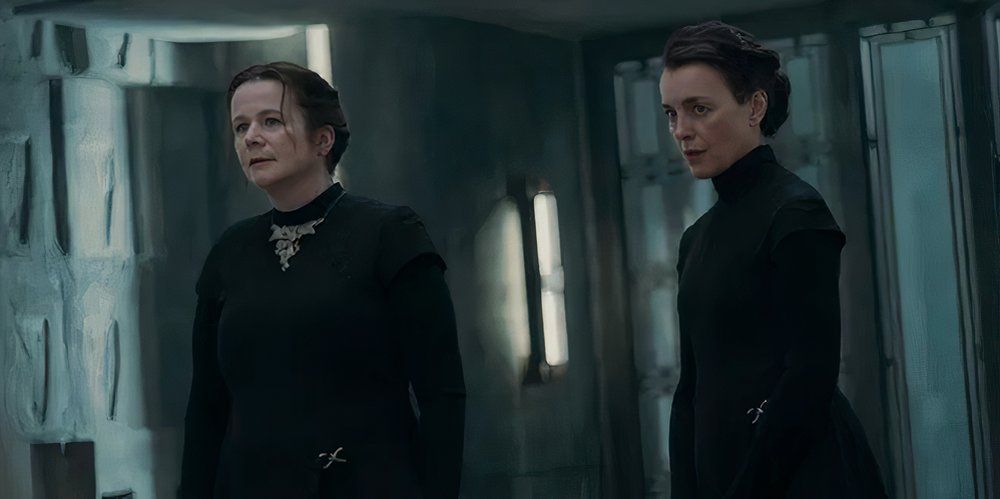
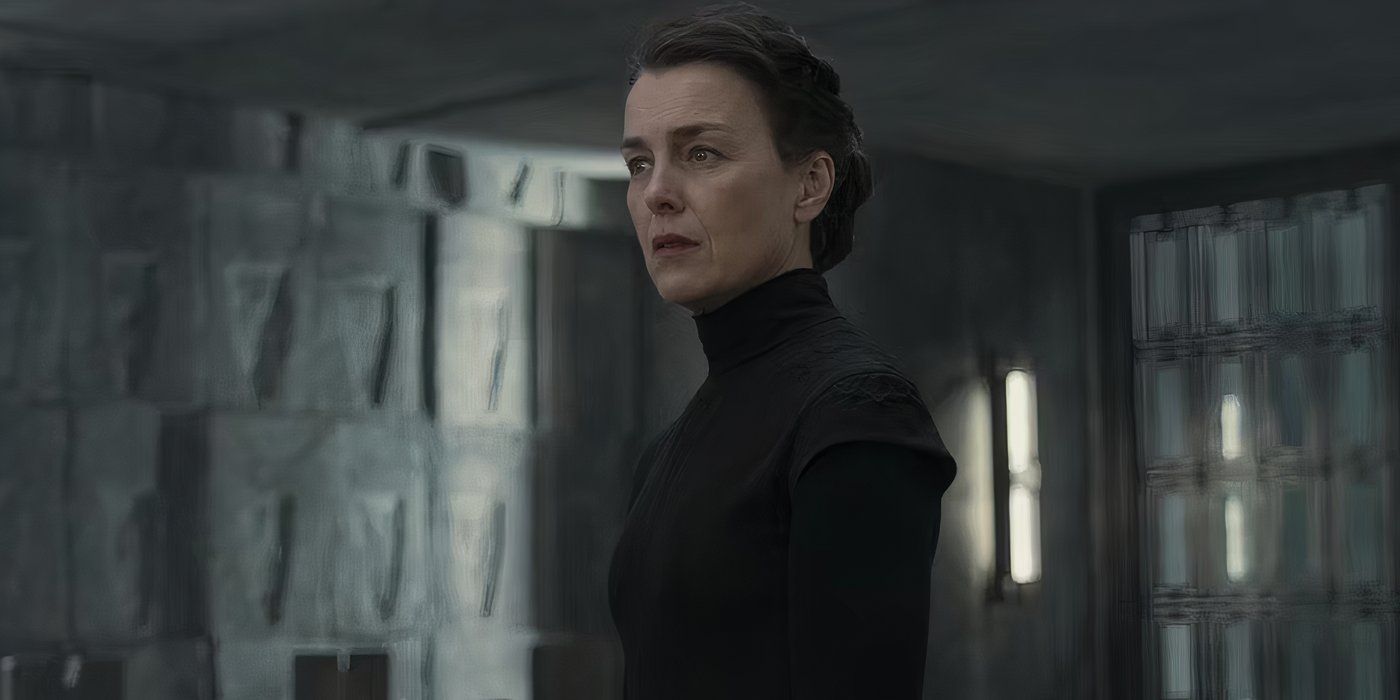
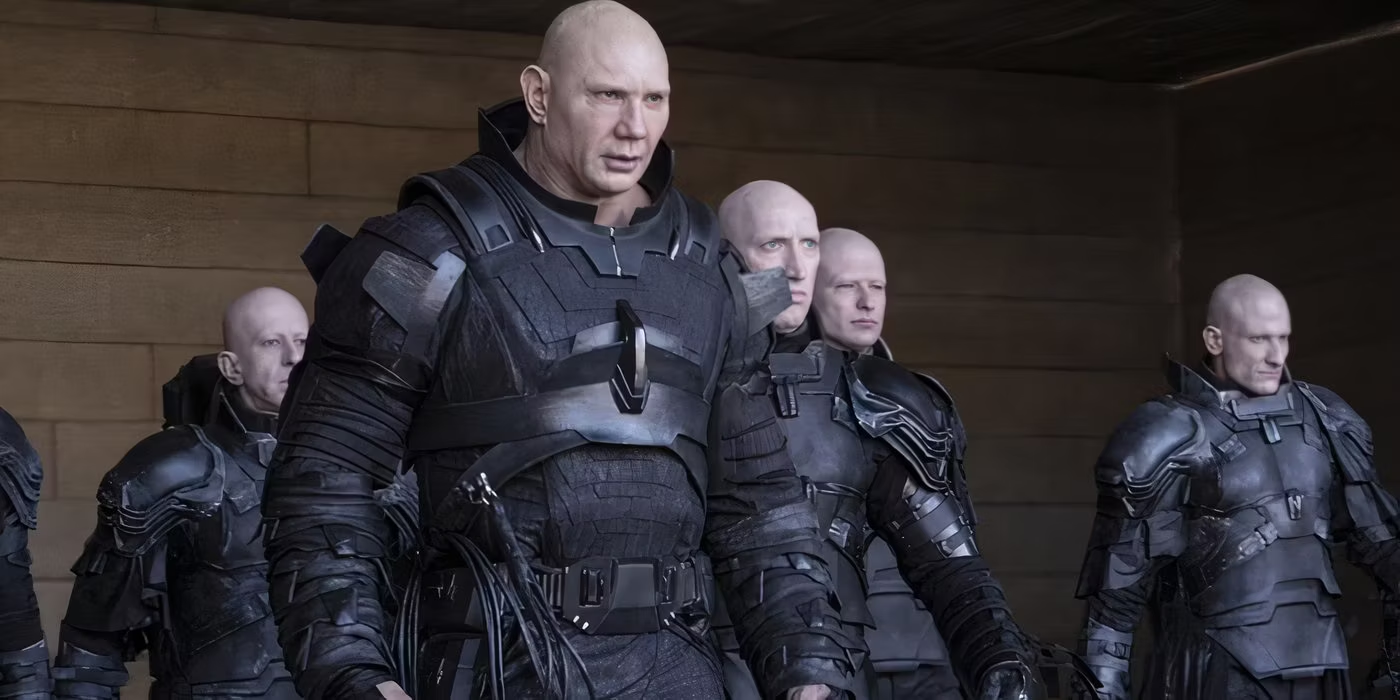





The chief villains in the Dune movie series are the members of House Harkonnen, namely the depraved Baron Vladimir Harkonnen and his twisted nephews, Glossu “Beast” Raban and Feyd-Rautha. Greedy and power-hungry, this family is one of the few sets of characters in Dune that are portrayed in an almost purely negative light. That trend continues in Dune: Prophecy by way of the Harkonnens’ ancestors, Tula and Valya Harkonnen. While not yet quite as evil as her hedonist descendant, Valya Harkonnen has already shown that she’ll bend rules and traditions for the sake of power. This puts her in sharp contrast with her somewhat more level-headed younger sister, though both attempt to rewrite their family history by way of a particular order.
Valya Harkonnen is a member of the Bene Gesserit, and she was the chief student under mother superior Raquella. She was the one that Raquella requested to see when she was on her deathbed, and Valya interpreted her dying teacher’s final message as guiding her later actions. In the present, she leads the Bene Gesserit and takes on the young Princess Ynez Corrino as a student, despite the misgivings of some. This somewhat forceful path is in contrast to the more “neutral” direction that the sisterhood was founded upon, with Valya aiming to use anything and anyone in an attempt to solidify power for the group and herself.
Much of this stems from the banishment of the Harkonnen family, who have by this point been branded as cowards and traitors due to the actions of one of their members during the Butlerian Jihad. Seeking to undo this reputation, Valya refuses to concede to anyone who stands in her way, and she uses what political power she possesses to subtly enforce her will. Judging by the first episode, Valya is also the progenitor of the Bene Gesserit ability known as “the voice.” A further manifestation of the Wierding Way, this ability allows a student of the Bene Gesserit’s teachings to control others through mental and auditory commands.
Valya uses this to make one of her rivals in the sisterhood kill herself, and her mastery of the ability cements her as Raquella’s successor. Not only does this set up the deviousness of both the Bene Gesserit and the Harkonnens, but it also highlights an ironic plot point that was seen in Dune: Part Two. There, Paul Atreides and his Bene Gesserit mother, Lady Jessica, learn that Jessica’s father was none other than the wicked Baron Vladimir Harkonnen. Thus, the idea of a Harkonnen being tied to the Bene Gesserit is almost as old as the order itself.
The Titular Planet in Dune Is Already Important
One of the Great Houses Strives to Ensure That Spice Will Flow
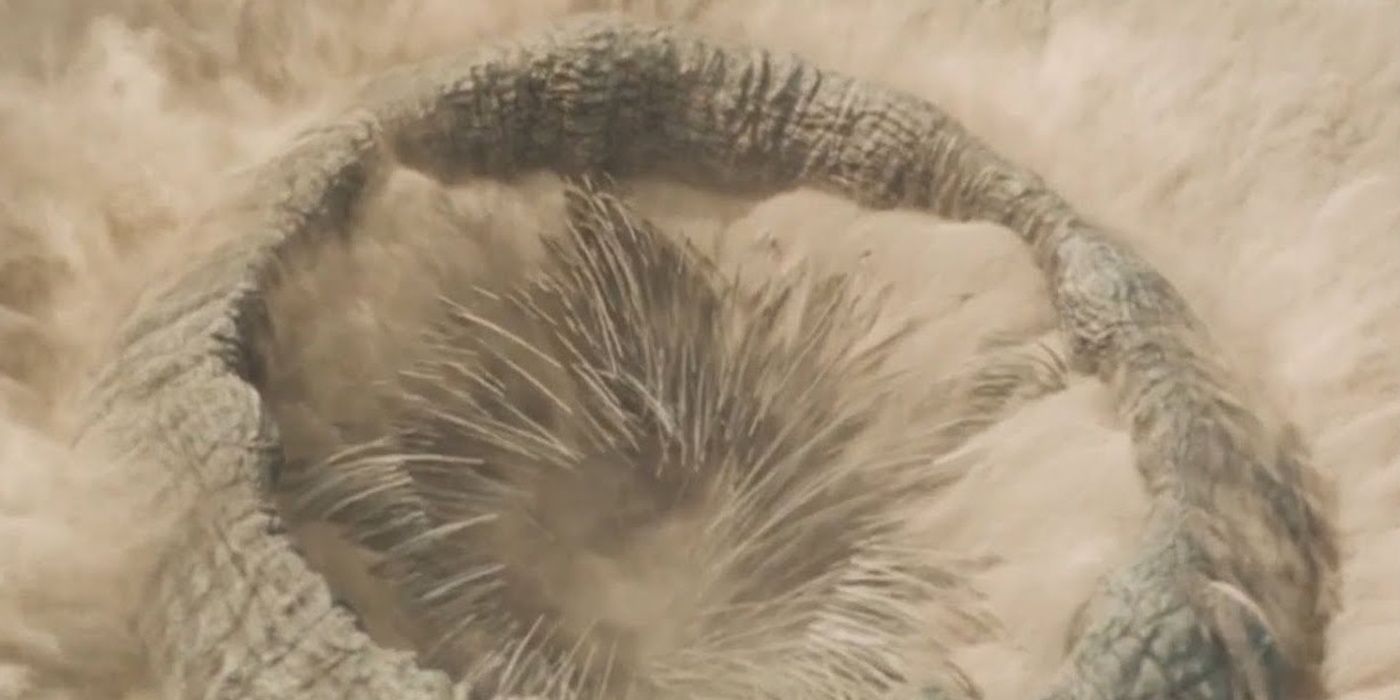
The Dune franchise is named as such due to the events surrounding the desert planet Arrakis, which is where the spice known as melange is harvested. Spice is a major requirement in the known universe, being even more vital perhaps than oil in modern society. Used to “fold space,” it’s a key element that allows for space travel, and if spice refinement ended, it would mean that society within the known universe would come to a standstill. By the events of the Dune movies, the House Atreides is tasked with taking over spice production, having been given the mission after the Harkonnens had been in charge of it.
Neither family is involved with the planet in this capacity yet, but spice is already a vital resource. In Dune: Prophecy, Javvico Corrino and the House Corrino are involved with maintaining spice production. Unfortunately, this process is not yet as efficient as it will become, namely due to the presence of the native Fremen. Thus, the later mastery of spice production seems to happen after the Fremen are beaten back or subjugated, though this may also be the result of the Bene Gesserit spreading their religious prophecies to them by way of their prophecies.
While many of these teachings merely become cynical means through which to gain power (as shown by the machinations of Valya Harkonnen), they’re ultimately meant to steer humanity to a higher purpose and put the species on the fabled Golden Path. The sandworms of Arrakis are already well-known, with Javvico worrying that failure in his mission will see him fed to Shai Hulud. More than anything, this establishes the world of the Dune movies, with the new prequel TV series firmly building up their main conflict and struggle.
As the name of the series suggests, prophetic dreams are a big part already in the story of Dune: Prophecy. Some of this imagery even involves a worm and a sole Fremen warrior kneeling before one of the gigantic creatures. This could foreshadow events seen later in the series, but it might also be foretelling of Paul Atreides and his ascendancy among the Fremen. Better yet, it could be a way to set up the life of Leto Atreides II, who literally becomes a worm/human hybrid.
Even the fact that Javvico is stressed over controlling spice production is an ironic foreshadow, as Baron Vladimir Harkonnen’s inability to keep it under control is what forces Emperor Shaddam IV to confront Paul “Muad’Dib” Atreides generations later. The results of the potential foreshadowing all remains to be seen, but the elements that fans loved in the Dune movies and the events that lead to them are all present in the new show. While it might take place several thousands of years beforehand, the first episode alone paints the picture of the world and story that was first imagined by Frank Herbert.
Dune: Prophecy Episode 1 is now streaming on Max.




